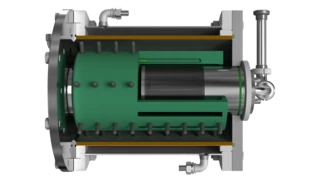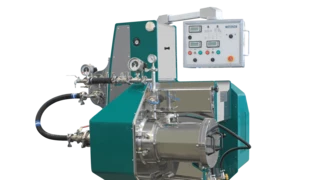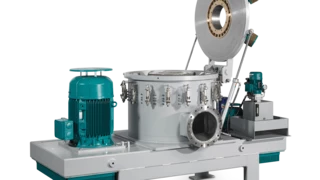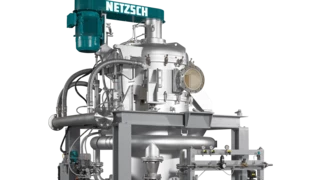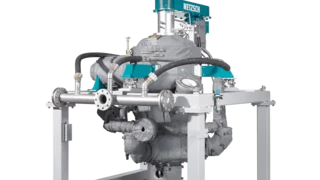
Energy Solutions
Anode and Cathode Materials
One option for the synthesis of cathode and anode materials is the so-called solid-state process. In this process route, the active material is created from the raw materials through a chemical transformation in suitable furnaces. Depending on the raw materials used, a wet grinding stage with dry pre-grinding processes can be required for the raw materials prior to the synthesis.
The CGS and s-Jet® fluidized bed jet mills can be used for the dry grinding. For the wet grinding, the Zeta®, Neos or Zeta®RSagitator bead mills are used, depending on the required target fineness. Synthesis via a furnace process can result in the formation of undesired agglomerates. In order to separate these, a dry dispersion with a CSM classifier mill is usually carried out after the synthesis furnace, without change of the original size and shape of primary particles.
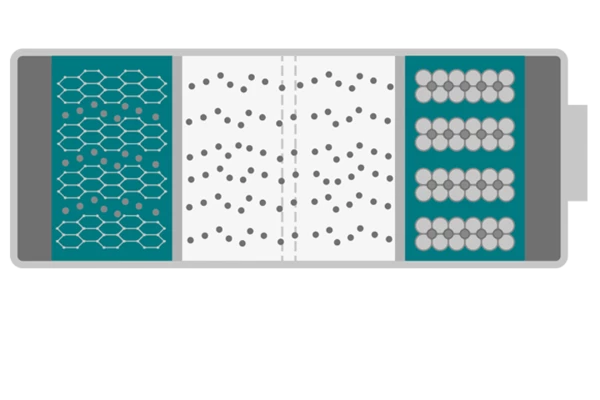
Typical compounds for cathode materials are:
- LCO (Lithium Cobalt Oxide, LiCoO2)
- NCA (Lithium Nickel Cobalt Aluminum Oxide, LiNiCoAlO2)
- NMC (Lithium Nickel Manganese Cobalt Oxide, Li[NiCoMn]O2)
- LMO (Lithium Manganese Oxide, LiMn2O4)
- LFP (Lithium Iron Phosphate, LiFePO4)
- The conductor foil is usually made of aluminum
Some examples of active materials for anodes are:
- Amorphous Carbon
- Graphite
- Lithium Titanate (LTO, Li4Ti5O12)
- Metallic Anode Materials (Silicon, Tin)
- The conductor foil is usually made of copper.

